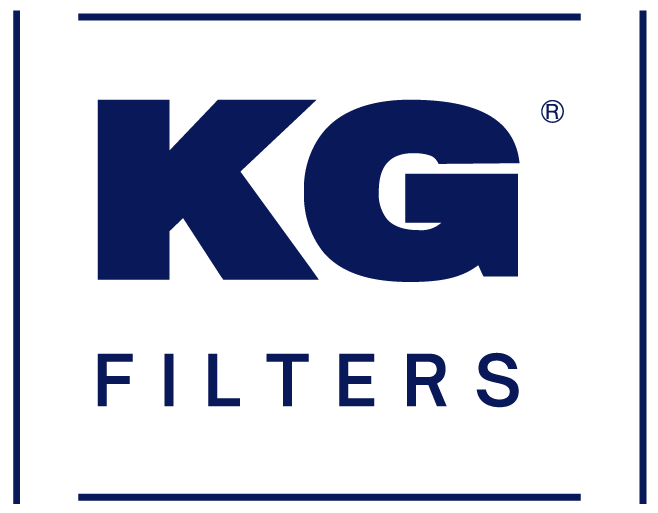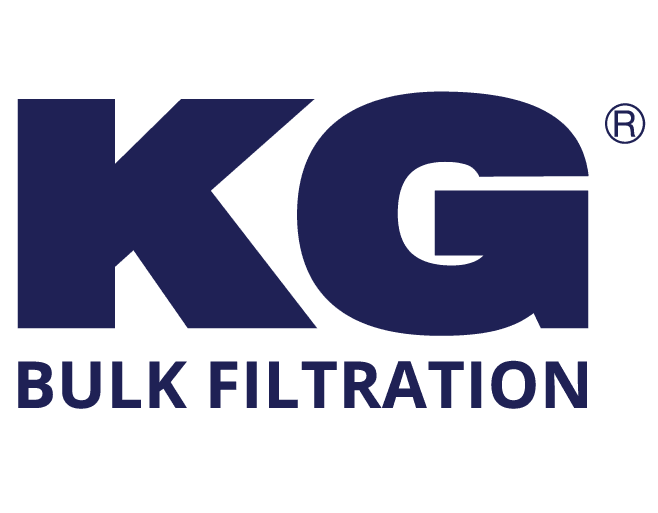Bearings are essential machinery components that allow for rotational or linear movement while minimizing friction and ensuring smooth operation. They are used in various industrial applications, from heavy machinery to precision instruments. Several types of bearings are available, each with its own features and benefits.
The importance of bearings in facilitating smooth machine operation cannot be overstated. Bearings play two significant functions in this regard.
- They reduce friction and ensure smoother rotation by separating the rotating shaft from its supporting parts. It is crucial, as the conflict between these components can cause operational issues and lead to energy wastage. Bearings are integral to machine performance, enabling efficient and effective operation.
- Bearings are instrumental in firmly securing the rotating shaft in its desired location and carrying the load exerted upon it. It ensures that machines can perform their intended functions repeatedly and effectively.
To what extent are bearings used?
Let’s explore the impact of bearings on our daily lives, despite their infrequent visibility making it a challenging concept to envision. For example, let’s examine automobiles, which are widely familiar to most people.
Have you ever played with an electric car racing set as a child? You may recall the bearings fastened to the toy car’s wheels, which you may have occasionally cleaned.
This blog post will explore the different types of bearings, their applications in the industry.
Deep Groove Ball Bearings
Deep-Groove Ball Bearings are the most widely used variety of bearings. It is used in various applications because they are simple and easy to maintain.
These bearings can take radial loads and a small number of axial loads. The dense structure makes them especially effective at absorbing impact energy, even during high-speed rotation.
Angular Contact Ball Bearings
Angular Contact Ball Bearings can run more accurately because of their contact angles. Angular contact ball bearings can cope with both high axial and radial loads.
Self-Aligning Ball Bearings
Double Row Self-Aligning Ball Bearings are self-aligning ball bearings with inner and outer ring raceways separated by a swivelling spherical cage.
This type of bearing is recommended when misalignment of the shaft and housing causes a problem. Ball bearings with the self-aligning feature are best for radial loads.
Thrust Ball Bearings
Thrust Ball Bearings consist of two bearing discs with raceways on their sides for the balls. Thrust ball bearings are designed to accept axial forces in one direction, which also helps locate the shaft axially.
Roller Bearings
Roller bearings have rollers as rolling elements instead of a ball between the outer and inner rings. Line contact is designed for heavier loads than ball bearings of the same size; however, they will move more slowly than the ball bearing due to friction.
Spherical Roller Bearings
These bearings use spherical rollers sliding spherical-shaped raceways on Inner and outer rings. It has large contact areas to support higher loads than conventional self-aligning bearings. It will correct the misalignment between the shaft and housing. Bearings, such as spherical roller bearings, are excellent at handling large amounts of radial force and smaller amounts of axial force.
Cylindrical Roller Bearings
The rolling elements of cylindrical roller bearings are cylindrical-shaped rollers that rotate with the raceways, which minimizes stress concentrations at the point of contact. Due to this arrangement, cylindrical roller bearings can carry high radial loads.
Depending on their design, they may also transmit limited amounts of axial loads.
Tapered Roller Bearings
There are conical rollers arranged between tapered raceways in tapered roller bearings.
The tapered roller bearing’s contact angle enables high radial and axial forces to be absorbed in one direction.
Bearings with tapered rollers are often paired to support forces axially in both directions.
Needle Roller Bearings
As the name implies, needle roller bearings contain long, thin rollers known as needles. Bearings with needle rollers have more numbers of rollers and thus a high load rating, but they are only suitable for radial loads.
Applications with Space-constrained situations can make needle bearings a good choice.
Here’s to your delight, we provide all sorts of bearings manufactured with the state of the art technology, delivered to fulfill your consignment requirements. Let us know if you want a perfect solution for any bearing application.

























